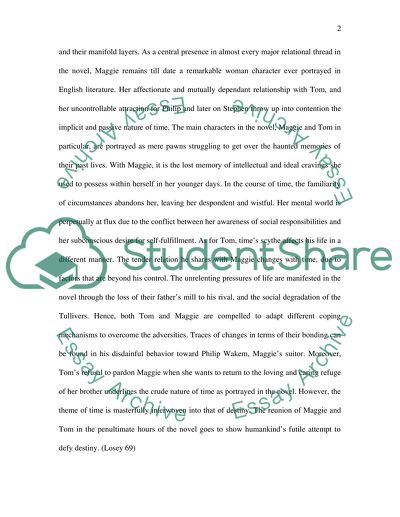Cite this document
(“The Mill on the Floss by George Eliot Book Report/Review”, n.d.)
Retrieved from https://studentshare.org/miscellaneous/1525694-the-mill-on-the-floss-by-george-eliot
Retrieved from https://studentshare.org/miscellaneous/1525694-the-mill-on-the-floss-by-george-eliot
(The Mill on the Floss by George Eliot Book Report/Review)
https://studentshare.org/miscellaneous/1525694-the-mill-on-the-floss-by-george-eliot.
https://studentshare.org/miscellaneous/1525694-the-mill-on-the-floss-by-george-eliot.
“The Mill on the Floss by George Eliot Book Report/Review”, n.d. https://studentshare.org/miscellaneous/1525694-the-mill-on-the-floss-by-george-eliot.


